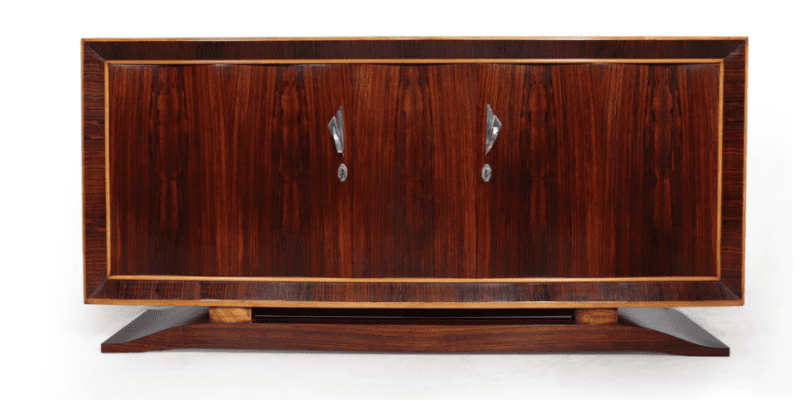Art Deco Furniture: Unique Features, Vibrant wood Finish, and Spirited Design
Many homeowners may have heard or read about Art Deco. It refers to a particular style of architecture, furniture, or fashion. A majority of these homeowners are not aware of Art Deco’s design characteristics. Some might even speculate that the style was inspired from someone named Art Deco. This is similar to the perfume and designer clothing that are being sold today.
Although it would be easy to believe that this misconception is true about the origin of Art Deco interior design, a deeper look at ‘s history, especially in relation to furniture design, reveals an era of craftsmanship that has remained influential until today.
Art Deco’s inception is usually linked to the 20th century, and often to the Art Deco period that followed the 1925 International Exposition of Modern Industrial Decorative Arts in Paris. The optimism of post-First World War Society was a major influence in this movement. Furniture designers from that era sought to reflect that optimism in their work.
Many notable Art Deco Style furniture designers include the following:
- Paul Mccobb
- Milo Baughman
- Arne Jacobsen
- Jules Leleu
- Paul Evans
- GioPonti
- Hans J. Wegner
These are some of the materials that were used by such designers to make Art Deco furniture
- Exotic wood and wood finish (teak or macassar ivory)
- Marble (in cabinet/table tops)
- Metals, especially polished metals
- Plastics such as Lucite and Bakelite
- Stainless steel, chrome and glass.
- Furs, animal hides, and serpent skins (upholstery).
It is distinguished by several distinctive features that are specific to Art Deco.
- Inlays of wood with intricate details
- Lines that are symmetrical or angular
- The curves are long, smooth and graceful
- Lavishness: Bold colours, patterns and prints
- Themes, e.g. Themes e.g.
The popularity of Art Deco furniture grew throughout the 1920s and 1930s. However, it was not accepted by all until the Second World War. Many considered the style too extravagant and extravagant given the dark mid-century modern times. This style saw a revival in 1960s, and antique Art Deco pieces are still highly sought-after.
A detailed look at Art Deco Styles and Characteristics
Exotic Woods
This period saw furniture made from exotic woods such as zebrawood, lemonwood, and even ebony.
Waterfall Furniture
The rounded drops at all horizontal surfaces are a key distinguishing feature of waterfall furniture. These features were created to mimic a flowing waterfall. This feature was very popular in the 1930s and 1940s.
Lacquer
Art deco sideboards was created by applying several lacquer coats to give it a soft finish and smooth sheen. Art Deco furniture pieces have a timeless appearance thanks to the lacquer finish.
Marquetry
Marquetry refers to the art of creating intricate patterns and geometric bands using different wood types. These materials include ivory, satinwood, ebony and boxwood. Art deco furniture pieces feature prominent features such as natural and traditional martry patterns.
Leather
Rich leather was used by furniture designers during the Art Deco era to make club chairs, couches, armchairs, and other forms of seating. These leather pieces are a great addition to any living area, office or den. The club chair is distinguished by its rolled arms and tight backs, as well as square tapered legs that are made of leather or handcrafted wood.
How to recognize Art Deco Furniture
Art deco can be described as a combination of different arts. Art deco is not defined by any particular motifs. There are many designs that can be used, including floral and linear.
It is easy to see the differences between art nouveau and art deco when comparing them. Art nouveau is a movement that was popular from the 1880s through the 1910s. It features curved lines with patterns representing nature. Art deco, popularized in the 1920s and 30s, was more geometric and had straighter lines. This art features sculptures of women and other people, which is a plus. This style of sculpture can also be seen on decorations like vases.
Reproduction Art Deco Furniture
You can find reproduction pieces of art deco furniture if you love the look of antique art deco furniture. Several American companies began creating furniture that was inspired by art deco in the latter part of the 20th century. Modern adaptations allow you to find period-inspired furniture with soft edges and shapes.



